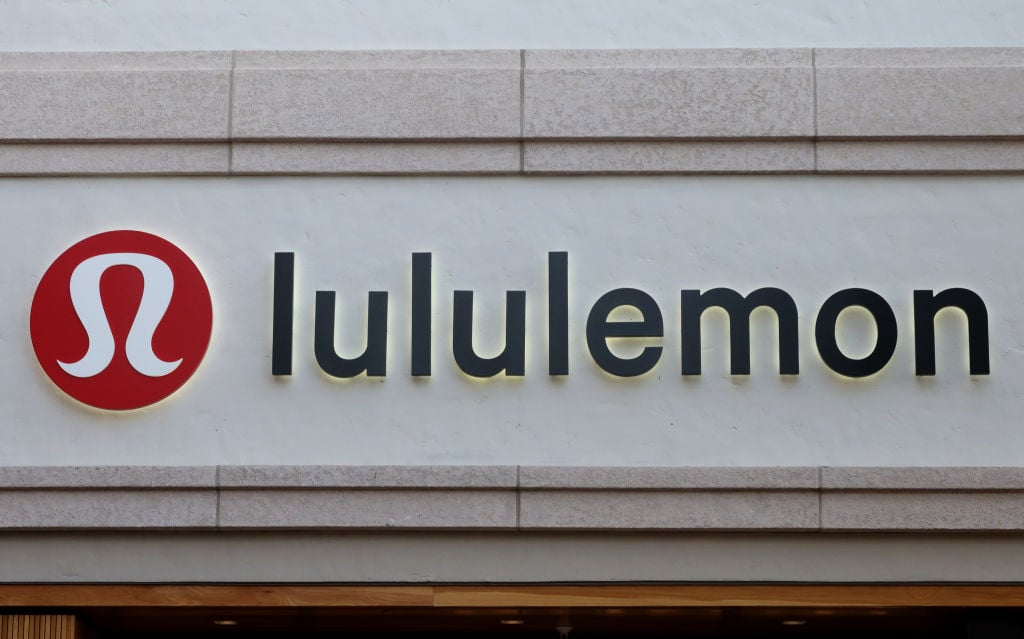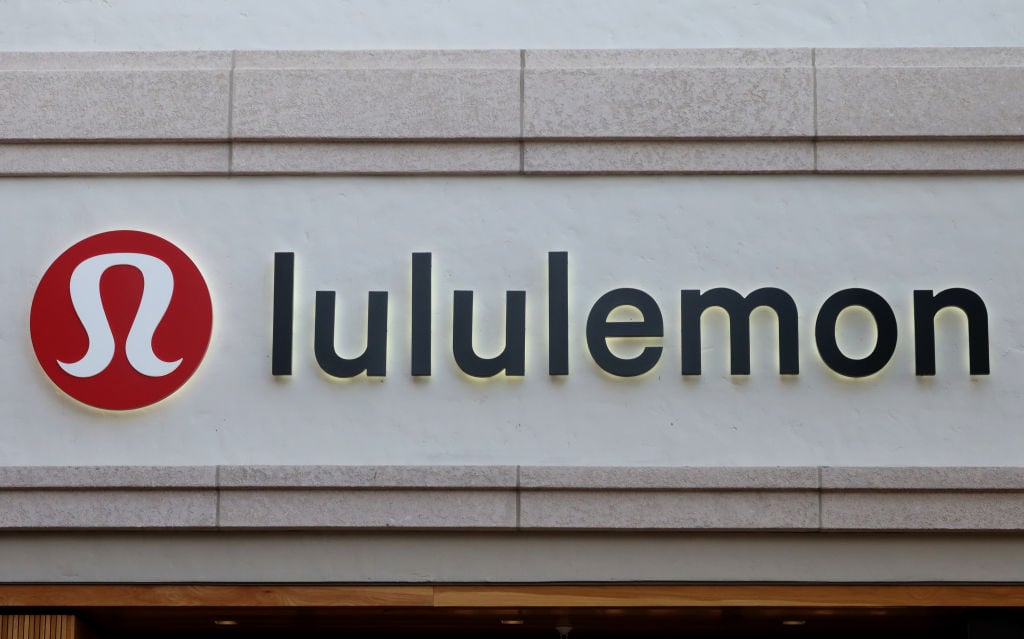When it comes to stock investing over the past few months, there have been COVID-19 winners and losers to pick from. But what does this global situation tell us about any company now that the pandemic has given indications of peaking? Some winners will remain winners thanks to changes in retail and the economy resulting from the pandemic. Some losers will ride out this tempest, laying low and hoping for minimal permanent damage, eventually working their way back to solid financial footing.
Athletic apparel retailer lululemon athletica (LULU 0.94%) had been seeing outsized growth before the coronavirus pandemic hit and the company predicted continued strength in the high-end athleisure market. But that strength wasn't powerful enough to prevent a pandemic-induced sales decline in the first quarter.
However, this company's popular products, robust e-commerce platform, and compellingly innovative business model suggest its most recent earnings report will just be a short blip on the company's future growth trajectory.

Image source: Getty Images.
Direct-to-consumer played a significant role
Retailers that managed to ramp up digital and omnichannel experiences (or already had them in place) have generally weathered the pandemic better. Lululemon developed digital as an important part of its overall operating model while it was expanding from a small, community- and guest-minded company to an international athletic apparel powerhouse.
Sales in the first quarter, which ended May 3, dropped 17% to $652 million after many quarters of double-digit growth. But at the same time, digital sales increased 68% to account for more than half of total sales.
Before the coronavirus pandemic really started to take hold, early March comps were up more than 20%, along the lines of previous quarters.
|
Metric |
Q4 2019 |
Q3 2019 |
Q2 2019 |
Q1 2019 |
|---|---|---|---|---|
|
Sales growth |
20% |
23% |
22% |
20% |
|
Digital growth |
41% |
30% |
31% |
35% |
|
Digital as a % of total sales |
33% |
27% |
25% |
27% |
Data source: lululemon athletica quarterly reports.
Digital retail generally was gaining in importance incrementally even before the onset of the pandemic, as the world was becoming more hooked on e-commerce. Lululemon was poised to benefit from the trend because it was heavily invested in its digital platforms. There was already a jump in Lululemon's e-commerce in its fiscal 2019 fourth quarter (which ended Feb. 2, 2020) as stores were shutting down in China and sales growth decreased ever so slightly from the previous quarters. That jump exploded in the first quarter.
To counter store closures, Lululemon, like other activewear companies, began focusing on its virtual community, offering online classes and workshops to engage customers and entice people to continue sweating at home. In April, the only month of near-total lockdown in the U.S., e-commerce revenue increased 125%.
So will digital growth revert back to the lower double-digit percentages it was at previously? It has already come down from the April surge, and while there is likely to be more of a slowdown as people get back into stores, e-commerce sales will probably level off higher than before as customers become more comfortable buying products using their digital devices.
Intelligence and intelligent business
Lululemon said it is working to advance its e-commerce platform further and has invested heavily in artificial intelligence to improve sourcing and supply chain infrastructure. This move helped the company manage inventory as distribution chains were interrupted and minimized delivery service disruptions. It also helped the company capture greater market share in activewear, even in the midst of declining overall sales.
Another advantage for Lululemon is that its core products make up a significant amount of total sales, which makes it less prone to promotional activity (that can affect margins). About 40% of its merchandise isn't seasonal. Equally important to the company's business model is its balance between core product and innovation. Both of those segments contributed strongly to the increase in e-commerce sales in the first quarter.
Finally, Lululemon developed the "Community Carries On" virtual community, where it trains digital educators to engage customers and leverage the omnichannel experience.
A strong cash position to wait out the storm
Lululemon ended the first quarter with $823 million in cash and cash equivalents and a revolving credit line of $398 million for a total of $1.2 billion in liquidity. It's staying realistic about the future and cut $130 million of expenses for the year, and it has its eye on further potential cuts if revenue doesn't recover as quickly as expected or sales decline further.
Stores began to reopen May 3, with about 300 of 489 total stores open by June 10, including all stores in mainland China. While this should bring sales back up, it's the total experience that matters for Lululemon right now.
"Our strong digital business demonstrates the strength of our guest connection and the long-term opportunity to create further omni-experiences going forward," said CEO Calvin McDonald.
The first-quarter decline is not telling of any significant or existing problem in the company's model, but rather it serves to highlight Lululemon's strong platform and continued potential to reap gains from its digital position and innovative apparel.
Shareholders need not worry about any potential short-term stock decline. Long-term gains are the goal, and Lululemon looks poised to get right back on track. And those on the fence can be assured that Lululemon is still a solid investment.






